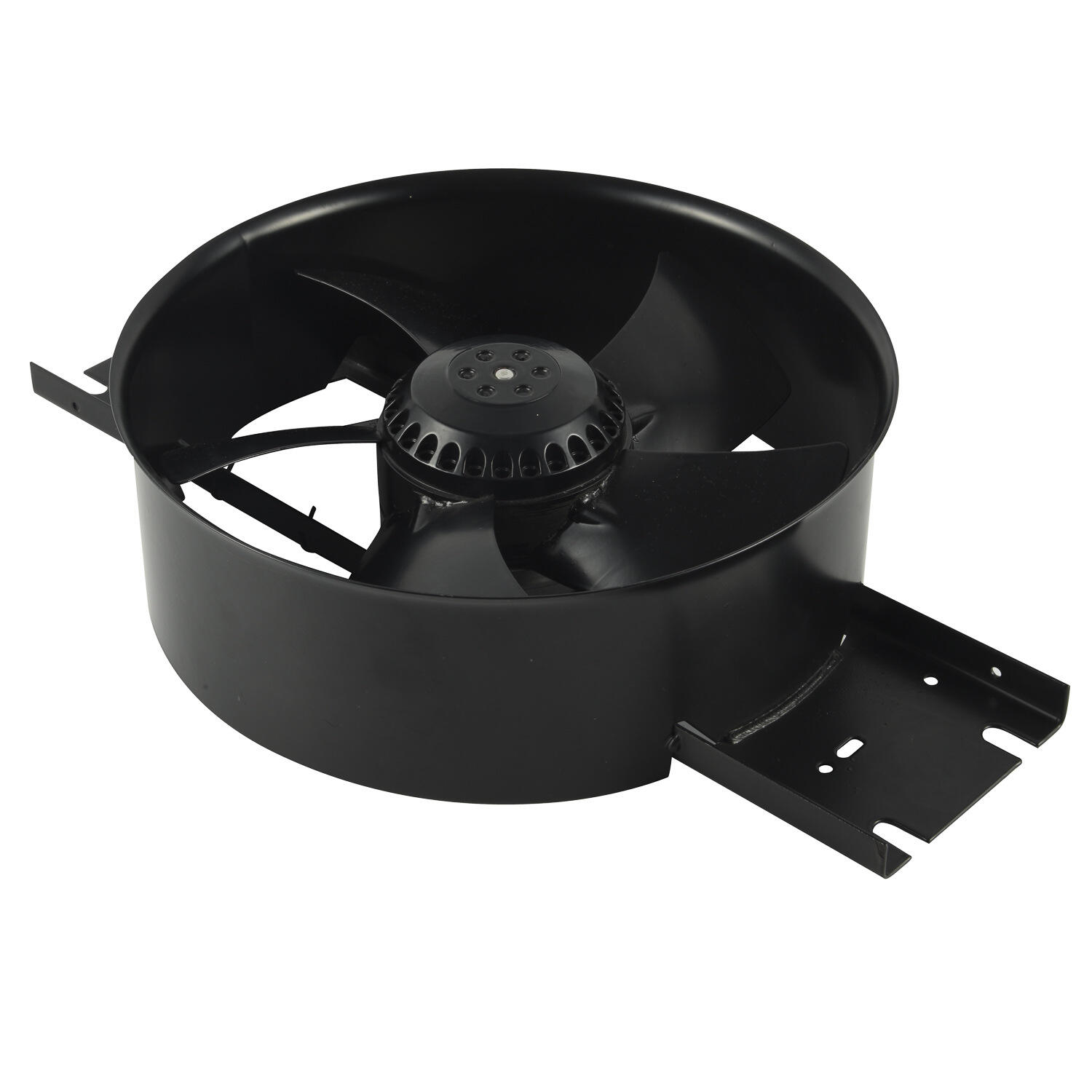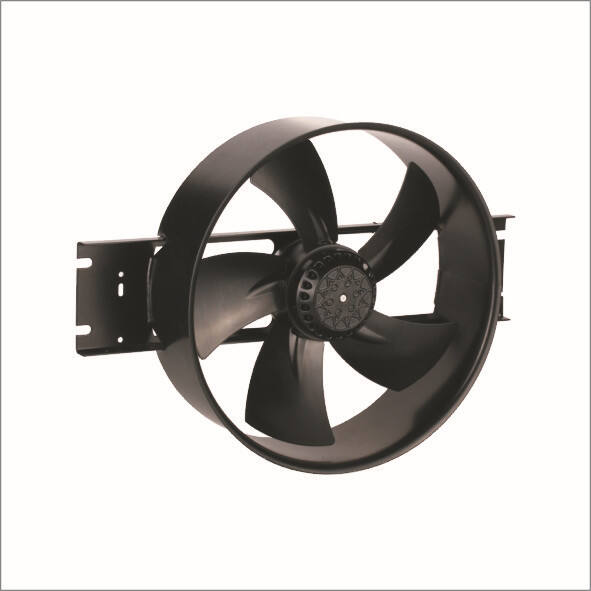types of axial fans
Axial fans represent a crucial category of industrial ventilation equipment, characterized by their ability to move air parallel to the rotating shaft. These fans come in several distinct types, each engineered for specific applications. The main categories include direct-driven axial fans, belt-driven axial fans, and variable-pitch axial fans. Direct-driven axial fans feature a motor directly connected to the impeller, offering compact design and minimal maintenance requirements. Belt-driven axial fans utilize a belt and pulley system, allowing for speed adjustments and flexible motor placement. Variable-pitch axial fans incorporate adjustable blades that can modify their angle during operation, enabling precise airflow control. Each type employs advanced blade designs, incorporating airfoil principles to maximize efficiency and minimize noise. These fans find extensive applications across various industries, from HVAC systems in commercial buildings to industrial processes in manufacturing facilities. They excel in applications requiring high volume airflow with moderate pressure requirements, such as ventilation systems, cooling towers, and agricultural installations. Modern axial fans often incorporate smart control systems, enabling automated operation and remote monitoring capabilities.


